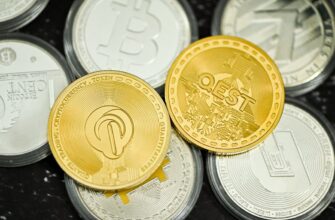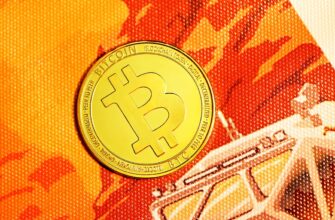## Introduction to Stablecoin Rivals
In the volatile world of cryptocurrencies, stablecoins like USDT (Tether) and USDC (USD Coin) provide crucial price stability by pegging their value to the US dollar. Both dominate the $130+ billion stablecoin market, yet they differ significantly in transparency, governance, and trust factors. Understanding these differences is essential for informed crypto decisions.
## What is USDT (Tether)?
Launched in 2014, Tether (USDT) is the oldest and largest stablecoin with a $110+ billion market cap. Key characteristics:
– **Issuer**: Tether Limited, a Hong Kong-based company
– **Backing**: Claims 1:1 USD reserves but includes commercial paper, cash, and other assets
– **Transparency**: Quarterly “attestations” (not full audits) by accounting firm BDO
– **Blockchains**: Available on 14+ networks including Ethereum, Tron, and Solana
– **Use Cases**: Dominates crypto trading pairs, remittances, and DeFi protocols
Despite its market leadership, USDT has faced scrutiny over reserve disclosures and settled an $18.5M fine with the NYAG in 2021 for misrepresenting backing assets.
## What is USDC (USD Coin)?
USD Coin (USDC) emerged in 2018 as a transparent alternative, co-founded by Circle and Coinbase through the Centre consortium. Notable features:
– **Issuer**: Regulated financial institutions under Centre governance
– **Backing**: 100% cash and short-term U.S. Treasuries
– **Transparency**: Monthly audited reserve reports by Grant Thornton
– **Blockchains**: Supported on 15+ chains including Ethereum, Polygon, and Stellar
– **Use Cases**: Preferred for institutional transactions, payroll, and compliant DeFi
USDC’s $32+ billion market cap reflects growing trust, especially after its reserves were verified during 2023’s banking crises.
## 6 Critical Differences Between USDT and USDC
1. **Reserve Composition**
USDT: ~58% U.S. Treasuries, 22% cash, 10% corporate bonds
USDC: 100% cash and 3-month U.S. Treasury bills
2. **Transparency Standards**
USDT: Quarterly attestations (limited detail)
USDC: Monthly audits with full reserve breakdowns
3. **Regulatory Compliance**
USDT: History of regulatory penalties
USDC: Fully licensed with proactive SEC engagement
4. **Market Position**
USDT: 68% market share, higher liquidity in Asia
USDC: 22% market share, stronger in U.S./EU institutions
5. **Redemption Speed**
USDT: 1-5 business days for fiat withdrawals
USDC: Instant conversions via Circle Account
6. **DeFi Integration**
USDT: Wider adoption in decentralized exchanges
USDC: Preferred for regulated protocols like Aave
## Which Stablecoin Should You Use?
Choose based on your priorities:
– **For traders**: USDT offers deeper liquidity and more trading pairs
– **For risk-averse holders**: USDC provides superior transparency
– **Institutions**: USDC’s compliance suits traditional finance
– **Emerging markets**: USDT’s lower fees benefit remittance users
Diversifying between both mitigates single-issuer risk. Always verify blockchain compatibility with your wallet or exchange.
## USDT vs USDC: FAQ Section
**Q1: Is USDC safer than USDT?**
A: Generally yes. USDC’s 100% cash/Treasury backing and monthly audits offer stronger consumer protection than USDT’s mixed reserves.
**Q2: Can USDT or USDC lose its peg?**
A: Both occasionally deviate slightly (e.g., USDT dipped to $0.97 in 2022). USDC maintained its peg during 2023 bank failures due to swift government intervention.
**Q3: Which has lower transaction fees?**
A: Fees depend on blockchain networks, not the stablecoin itself. Ethereum transfers cost the same for both.
**Q4: Are they both accepted everywhere?**
A: USDT has wider exchange support, but USDC gains traction with platforms like Visa and PayPal. Check your service provider.
**Q5: How do I convert between them?**
A: Use decentralized exchanges (Uniswap, Curve) or centralized platforms like Coinbase. Expect 0.1-0.3% slippage.
## Final Considerations
While USDT and USDC both deliver dollar stability, their contrasting approaches to transparency and risk management cater to different user needs. USDT remains the liquidity king for traders, while USDC sets the standard for regulatory compliance. As stablecoin regulations evolve in 2024, USDC’s audited reserves position it favorably for institutional adoption. Always research reserve reports and redemption policies before committing large holdings.








